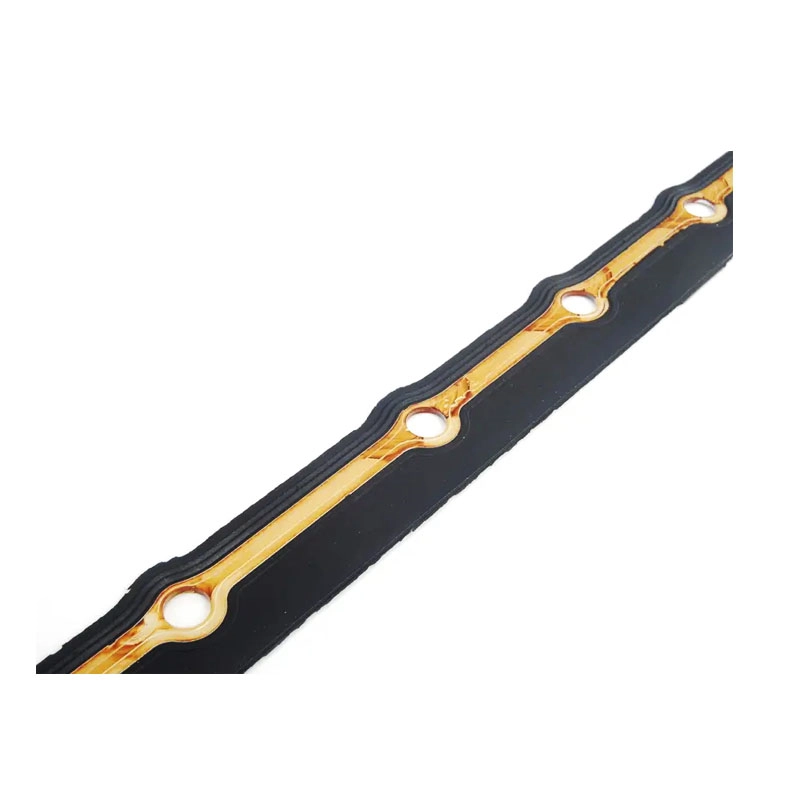Transaxle Output Shaft Seal Functions and Installation Guide for Optimal Performance
Understanding the Transaxle Output Shaft Seal
The transaxle serves as a critical component in many modern vehicles, combining the functions of the transmission and axle in one unit. At the core of this assembly is the transaxle output shaft seal, which plays an essential role in ensuring the efficient operation of the vehicle. This article will explore the function of the transaxle output shaft seal, signs of wear, and replacement considerations.
Function of the Transaxle Output Shaft Seal
The primary purpose of the transaxle output shaft seal is to prevent fluid leakage and protect the transaxle from contamination. Located at the point where the output shaft exits the transaxle, the seal ensures that transmission fluid is retained within the system, thereby maintaining proper lubrication for the moving parts. This lubrication is vital for reducing friction, dissipating heat, and prolonging the life of the transaxle components.
Additionally, the seal acts as a barrier against dirt, debris, and moisture, which can significantly damage the internal mechanisms of the transaxle. By keeping contaminants at bay, the output shaft seal enhances the overall reliability of the vehicle's transmission system.
Signs of Wear and Damage
Over time, the transaxle output shaft seal can wear out due to various factors, including aging, exposure to extreme temperatures, and excessive pressure. Drivers should be vigilant for warning signs that may indicate a failing output shaft seal. One of the most common signs is the presence of transmission fluid leaks beneath the vehicle. If puddles of reddish or brown fluid appear on the ground, it's crucial to investigate the source promptly.
transaxle output shaft seal

In addition to leaks, drivers may experience symptoms such as slipping gears or unusual noises coming from the transmission area. These issues often stem from a lack of proper lubrication due to fluid loss, which can lead to further complications if not addressed.
Replacement Considerations
When it comes time to replace a worn or damaged transaxle output shaft seal, several factors should be considered. First, it is essential to use high-quality replacement parts that meet or exceed the manufacturer’s specifications. This ensures that the new seal will provide optimal performance and durability.
The replacement process typically involves draining the transmission fluid, removing any necessary components to access the seal, and carefully installing the new seal. It's advisable to consult a professional mechanic for this task, as improper installation can lead to future fluid leaks and additional damage.
Conclusion
In summary, the transaxle output shaft seal is a vital component in the transmission system of a vehicle. It prevents fluid loss and protects the transaxle from contamination, contributing to the overall performance and longevity of the vehicle. Recognizing the signs of wear and taking timely action for replacement can save drivers from more severe issues down the road. Regular maintenance checks can help ensure that this essential part remains in good condition, supporting a smooth and reliable driving experience.
-
Understanding the Front Main Engine Seal: Purpose, Maintenance, and Installation
News Jul.29,2025
-
Understanding O-Rings and Seal Rings: Types, Applications, and Custom Solutions
News Jul.29,2025
-
Understanding Crankshaft Oil Seals: Rear Seals, Pulley Seals, and Their Role in Engine Integrity
News Jul.29,2025
-
The Importance of Front and Rear Crankshaft Seals in Engine Performance and Oil Management
News Jul.29,2025
-
Crank Oil Seals: Functions, Types, and Cost Considerations in Engine Maintenance
News Jul.29,2025
-
A Comprehensive Guide to O-Rings and Seals: Types, Materials, and Global Applications
News Jul.29,2025
-
Mastering Diesel and Performance Engine Maintenance: A Guide to Critical Oil Gaskets
News Jul.28,2025
Products categories















